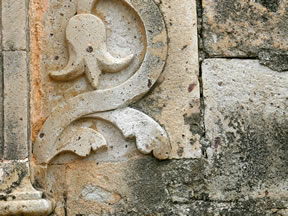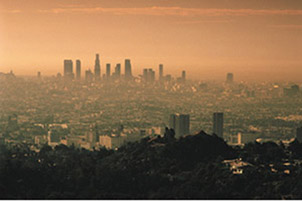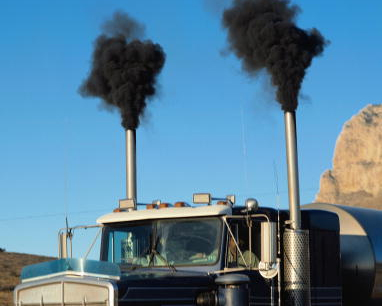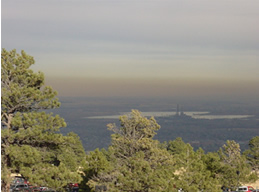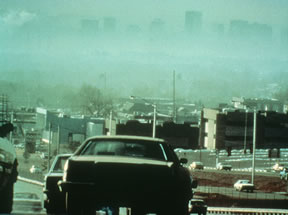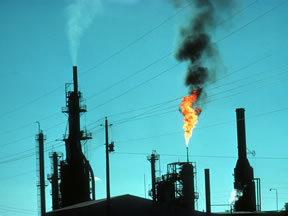
Photo courtesy of Nancy A. Marley
Related links:
Smog City Simulator (outside link)
Listen to a Podcast about How Divorce is Bad for the Environment
NSF News: Finding Answers in the Clouds
News from NSF: Scientists to Assess Beijing Olympics Air Pollution Control Efforts (08/07/08)
NSF News: Can Dying Trees Change Weather and Climate?
Our Changing Planet: Twelve Key Indicators of Climate Change (Videos and Classroom Activities)
Air Pollution
What do smog, acid rain, carbon monoxide, fossil fuel exhausts, and tropospheric ozone have in common? They are all examples of air pollution. Air pollution is not new. As far back as the 13 th century, people started complaining about coal dust and soot in the air over London, England. Since the beginning of the industrial revolution in the late 1700s, we have been changing the Earth's atmosphere and its chemistry. As industry spread across the globe, so did air pollution. Air pollution has many effects. In addition to being ugly, it can cause illness and even death. It damages buildings, crops, and wildlife. The worst air pollution happened in London when dense smog (a mixture of smoke and fog) formed in December of 1952 and lasted until March of 1953. 4,000 people died in one week. 8,000 more died within six months.
Air pollution is made up of solid particles and chemicals. Natural processes impacting the atmosphere include volcanoes, biological decay, and dust storms. Plants, trees, and grass release volatile organic compounds (VOCs), such as methane, into the air. We are more concerned with human-made pollution since we have the ability to control it. The pollutants include carbon monoxide, sulfur dioxide, VOCs, and nitrogen oxides. The largest source of human-made pollution is the burning of fossil fuels, including coal, oil, and gas, in our homes, factories, and cars.
Air pollution is either primary or secondary. Primary pollution is put directly to the air, such as smoke and car exhausts. Secondary pollution forms in the air when chemical reactions changes primary pollutants. The formation of tropospheric ozone is an example of secondary air pollution.
The atmosphere is a complex, dynamic and fragile system. Concern is growing about the global effects of air pollution, especially climate change. Stratospheric ozone depletion due to air pollution has long been recognized as a threat to human health.






